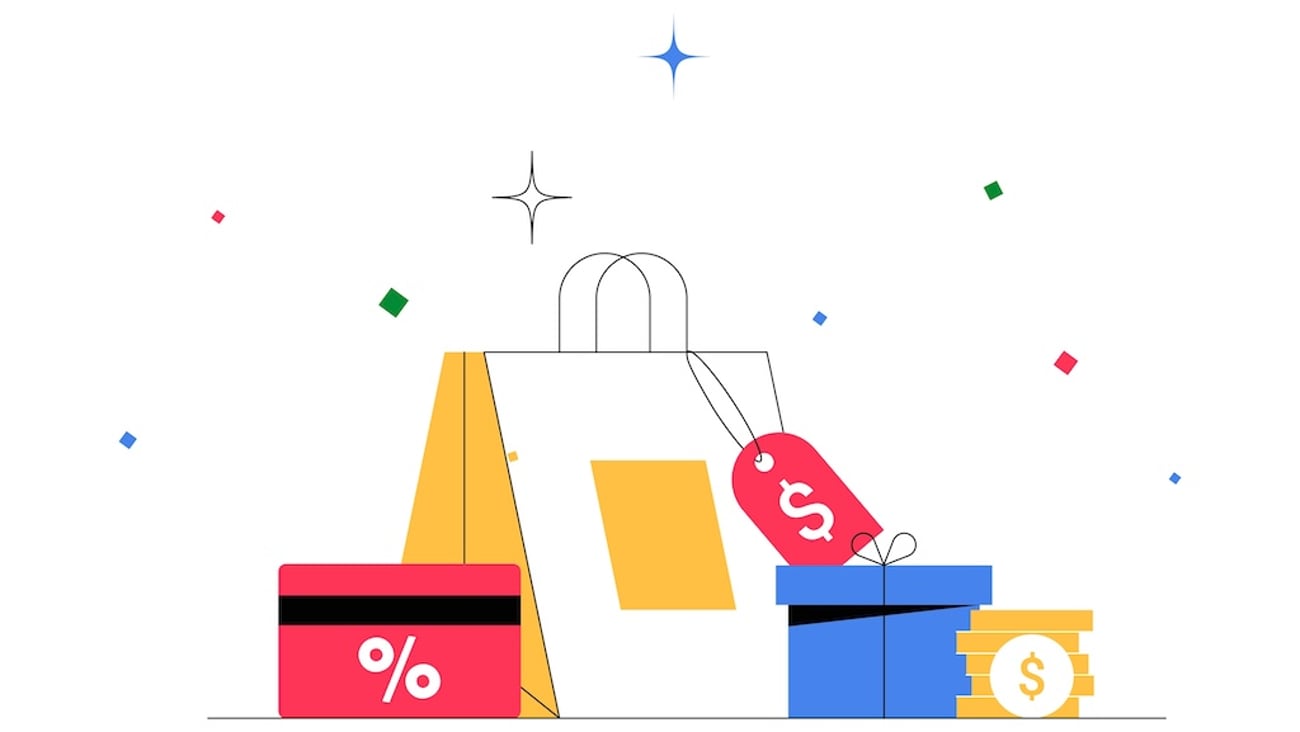More Canadian shoppers turn to Amazon for savings
The pandemic accelerated e-commerce two years ago and there’s no sign of it slowing down. With 81% of Canadians reporting to be Amazon customers, it’s clear retailers will have a tough time keeping up with the marketplace giant.
According to Caddle’s latest report, the quarterly insights tracker on Amazon Prime, data shows membership rates are not only holding, but subscriber retention is getting even stickier in the pandemic era. Overall, more than half of Canadians use the retail membership service and enjoy its perks.
After a slight dip in numbers over the summer, Prime membership bounced back to more than 40% in the fourth quarter. The biggest barrier to membership remains price, but Amazon could overcome this by continuing to add value with growing video and audio streaming catalogues and faster delivery.
Canadians want to spend less. In fact, research shows price is the No. 1 deciding factor for which online retailer they’ll use. From coast to coast, our surveys have found shoppers will change retailers if more savings are on the table, and we know that 52.8% plan to use coupons to temper rising costs.
Amazon’s Subscribe and Save program remains a popular way of doing just that. The service lets members schedule regular deliveries of frequent purchases while earning savings of up to 20%. Those savings will be critical in the next 12 to 24 months as inflation continues to rise.
One-third of Prime members say they use Subscribe and Save, and most intend to keep putting their shopping on autopilot post-pandemic. While the program’s convenience drove traction during the pandemic, it’s the savings that will spark a new wave of subscribers and retain existing members as Canadians try to balance their budgets.
Entry to the subscription service was spurred largely by household stand-bys. Health and wellness products like vitamins and supplements have been in higher demand in recent years thanks to COVID-19. Though still strong, sales have slowed as immune health became less of a priority with a widespread vaccine rollout. Pet care continues to lead the subscription categories, representing 42% of transactions through the automatic service. While restocking household essentials like diapers and pet care are a gateway, we’ve seen purchases flow to other must-haves like household cleaners, beauty products and laundry supplies.
But Amazon’s gains are a test for other retailers. While one-third of the service’s users spend $50 or less per month on subscription purchases, that number is expected to rise as consumers shift more products to arrive on a schedule. First-mover advantage is crucial for brands, because once a customer is subscribed, their loyalty is much harder to break. Walmart’s sales are being hit the hardest, but the e-tailer is also funnelling shoppers away from traditional grocery stores and is having an impact on drugstores.
Now, more than ever, Canadians can shop a wider variety of goods without leaving their homes, but the subscription model takes convenience one step further. At this point, the biggest barrier to joining is a lack of knowledge about the program and how it works. Millennials have been the quickest to adopt the service, but its exceptional net promoter score (NPS) suggests further growth could rival even the gold standard of membership retention as word spreads. Costco still maintains a higher NPS, but its membership is perceived by many consumers as too exclusive and expensive. In fact, a staggering 57% of Canadian shoppers surveyed said they’d choose their Amazon Prime membership over their Costco card, a sentiment that’s growing.
As inflation continues to outpace national income growth, shoppers will be increasingly motivated to reduce their monthly costs. As players like Instacart expand in the market with local delivery options, it remains to be seen if an Amazon Prime subscription will be considered a luxury Canadians can afford to cut. But with some of the most competitive prices in the market, and benefits like multimedia streaming, overnight delivery, and the Subscribe and Save model, Amazon is trying to position itself as a bargain.
Indeed, Prime will likely only get better. As more value is layered in and services improve, the e-commerce giant will likely retain existing members and attract new ones, as more financially-savvy Canadians see that added value as a tiebreaker—which is worrying news for other retailers.
This column appeared in Canadian Grocer's March/April 2022 issue.




